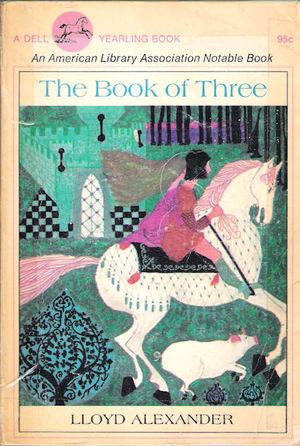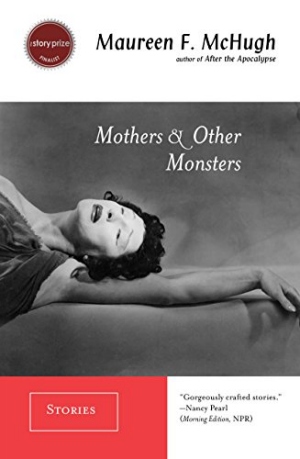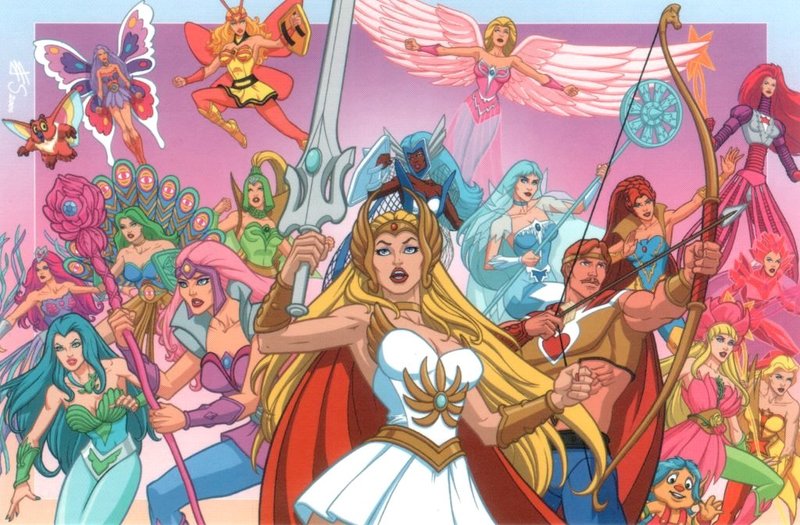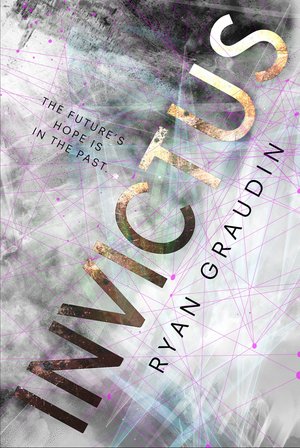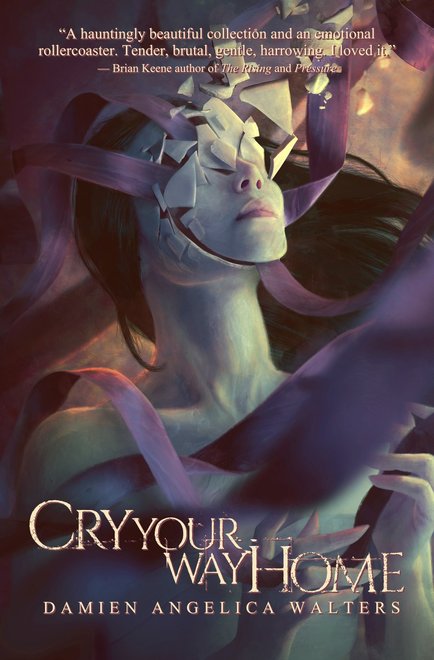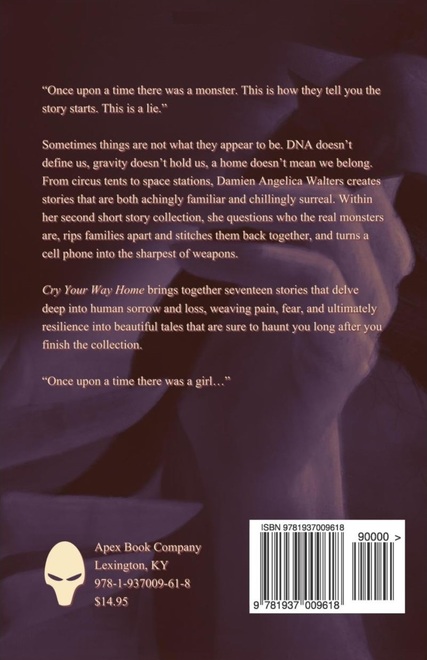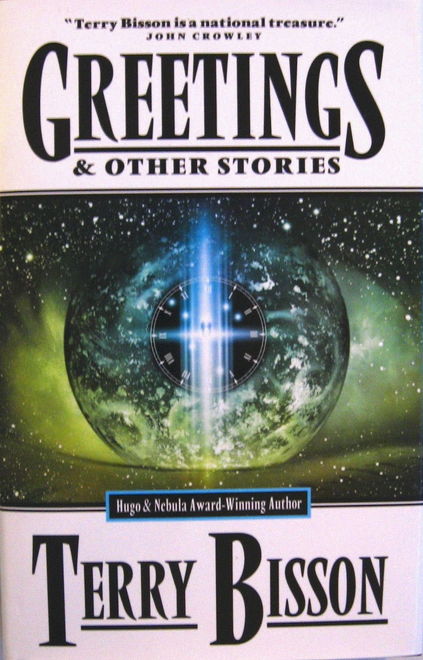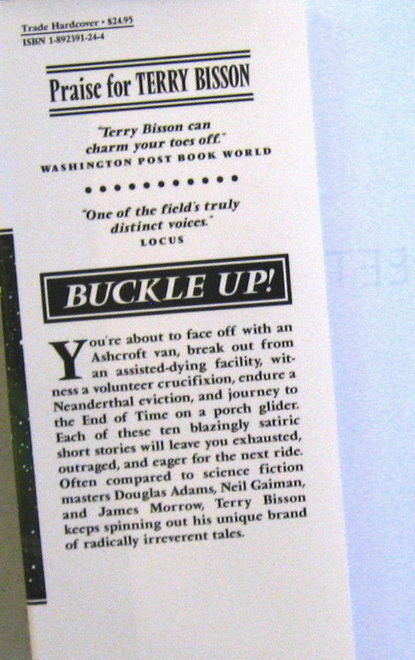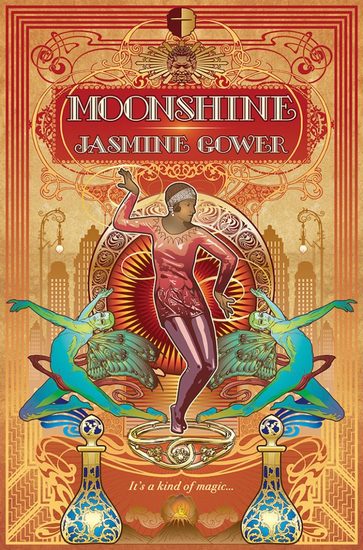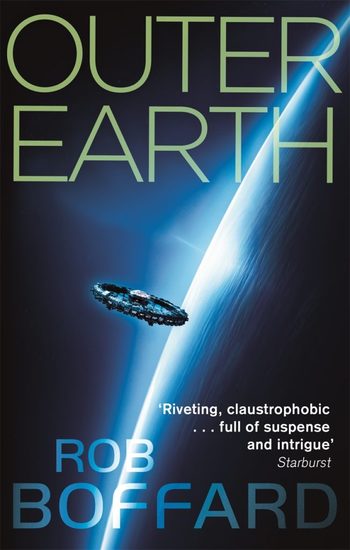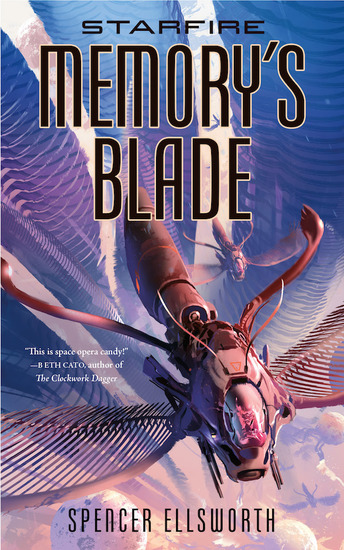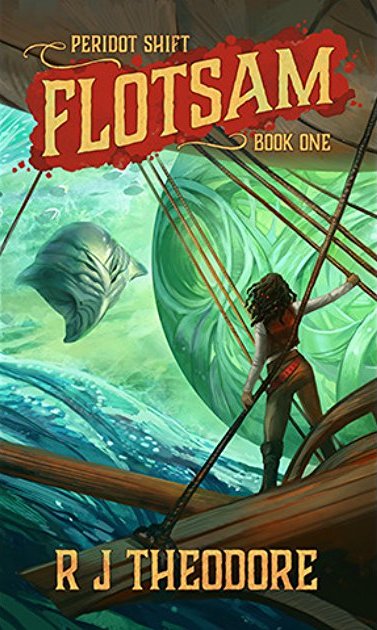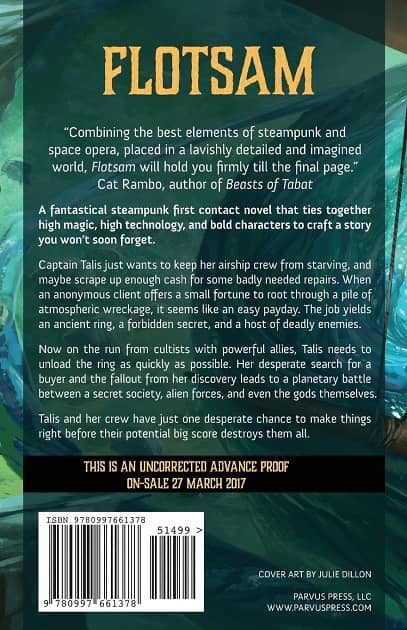The Courage of the Question: Tuck Everlasting
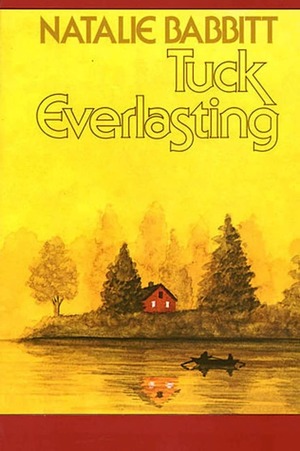 If you have children at home, you know their propensity for asking questions. “Can I have some more?” “Why not?” “Are we there yet?” “Do I have to?” These questions and many others are familiar to everyone who deals with children, and they (the questions, that is) usually don’t pose much of a problem. (In my house, we have long had a standard reply to this kind of query, taken from a Ring Lardner short story: “Shut up, he explained.”)
If you have children at home, you know their propensity for asking questions. “Can I have some more?” “Why not?” “Are we there yet?” “Do I have to?” These questions and many others are familiar to everyone who deals with children, and they (the questions, that is) usually don’t pose much of a problem. (In my house, we have long had a standard reply to this kind of query, taken from a Ring Lardner short story: “Shut up, he explained.”)
Not all childish questions are so easily disposed of, however. The hard ones can range from the mathematical, such as “What if there was no such thing as five?” to the epistemological, like “How do you know?” The roughest ones are literally life and death: “Why did my puppy, why did my friend, why did my Grandpa have to die?” When faced with these, too often the adult impulse is to brush the child off with a pat answer that answers nothing, or better yet, to quickly change the subject.
Tough questions don’t cease to be questions, though, just because we grow too experienced, too jaded, too busy, too complacent, too disappointed, too bored — too old to be willing to ask them ourselves.
This is one of the reasons children can keep you feeling young… when they’re not making you feel ancient. It’s also why reading great children’s literature can be such a wonderful, renewing experience; such books are addressed to an audience that hasn’t yet gotten into the fatal habit of thinking that all questions have either already been answered or are unanswerable. Such books are themselves like fearless, inquisitive children; they’re willing to speak their minds, whatever the consequences. Books like this are assured of long lives…books like Natalie Babbitt’s 1975 children’s fantasy, Tuck Everlasting.
In the little town of Treegap, in the first week of August in the year 1880, ten year old Winnie Foster feels like life’s possibilities have already dried up. Her overprotective family won’t let her roam, won’t let her experience all that she wants to; her world is cruelly circumscribed by the white picket fence that keeps her safely penned in her front yard. Before the hot August days are over, though, Winnie will have an encounter that will change her life forever, and she’ll be faced with a momentous and irrevocable choice.
